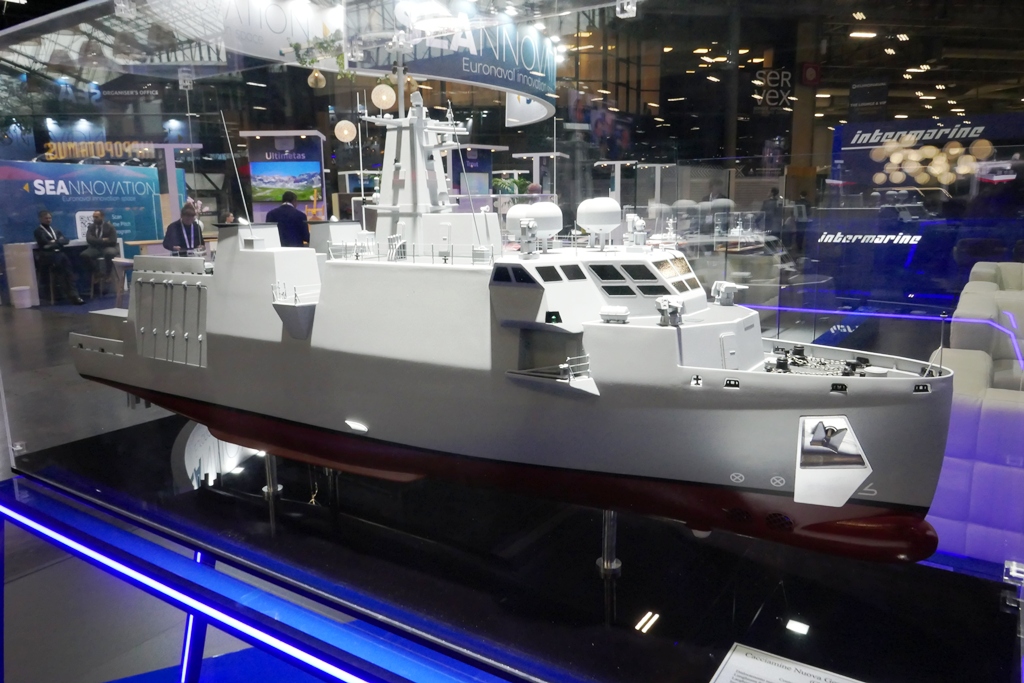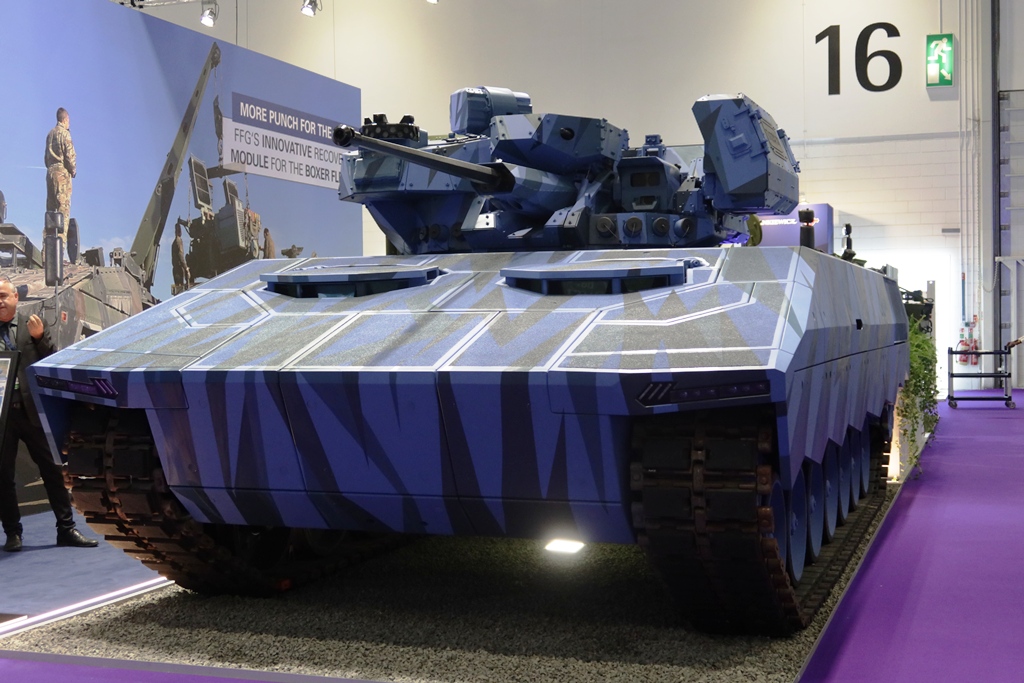Recent Russian Airspace Violations Prompt NATO Response
Incident Overview
On a recent Friday, NATO-operated radars detected three Russian MiG-31 aircraft entering Estonian airspace with their transponders disabled. This alarming development triggered alerts at Ämari Air Base, situated approximately 40 minutes from Tallinn. In a prompt reaction, Italian Air Force personnel launched F-35 interceptors to monitor the incursion, succeeding Finnish aircraft already on patrol. The Italian fighters successfully guided the Russian jets back towards Kaliningrad, twelve minutes later.
Enhanced Tactical Context
Colonel Gaetano Farina, commanding officer of Italy’s Air 32nd Wing, articulated to the press that this occurrence represented a deeper concern than earlier interceptions, such as that in August. Notably, the recent violation occurred overland, with Russian intentions unclear as the aircraft approached Tallinn. Although the MiGs were not carrying ordnance, they remained armed with air-to-air missiles, leading NATO forces to refrain from aggressive maneuvers.
Conduct of Interception
Despite the tense circumstances, Farina remarked on the professionalism exhibited during the interception. He noted that the Russian pilots appeared unfazed, even greeting the Italian squadron from their cockpits. This indicates a level of operational routine and engagement rarely seen in similar incidents.
Regional Implications and Responses
The violation has elicited alarm not only within the Baltic states but throughout the entirety of NATO. Estonia’s Foreign Minister characterized the event as “outrageous” during a briefing at the United Nations in New York. Defense leaders from Poland and the Czech Republic, as well as U.S. dignitaries, have advocated for decisive action against Russian aerial encroachments.
Estonian Defense Minister Hanno Pevkur emphasized the potential for a strong NATO response should such provocations continue, without suggesting an immediate threat of invasion. Instead, he framed these incidents within a broader context of Russian tactics, highlighting ongoing cyberattacks and disinformation campaigns affecting Europe.
NATO’s Strategic Measures
In response to the escalating tensions, NATO convened an emergency Article 4 consultation. Following these discussions, the Italian government committed to prolonging its deployment of the SAMP/T anti-aircraft battery in Estonia until spring. This system boasts ground radar capabilities that can detect hostile aircraft exceeding 200 nautical miles and engage them from approximately 93 miles, utilizing mobile missile launchers equipped with Aster 30 missiles.
Furthermore, the Italians have introduced a Conformal Airborne Early Warning jet—similar in function to the Boeing E-3 Sentry. This advanced system enhances surveillance capabilities along NATO’s eastern flank, contributing to greater situational awareness in response to Russian activities.
Continued Vigilance and Future Discussions
The functionality of NATO’s expanded radar and sensor network proved vital during the MiG encounter, demonstrating the alliance’s ability to identify and track aerial threats effectively. Soon, NATO commanders will convene in Riga, Latvia, to evaluate additional security enhancements in the Baltic region under the Eastern Sentry initiative, especially in light of increased incursions.
Conclusion
As these airspace violations intensify, the strategic landscape in Eastern Europe will require ongoing reassessment. Estonia plans to augment its defense budget—currently among the highest in NATO, at 5% of GDP—with a goal of reaching 5.9% in the near future. Defense Minister Pevkur articulated a calm resolve, emphasizing continued support for Ukraine alongside measured responses to Russian provocations.
The situation necessitates strategic foresight as NATO allies navigate these complex and evolving challenges in regional security.





